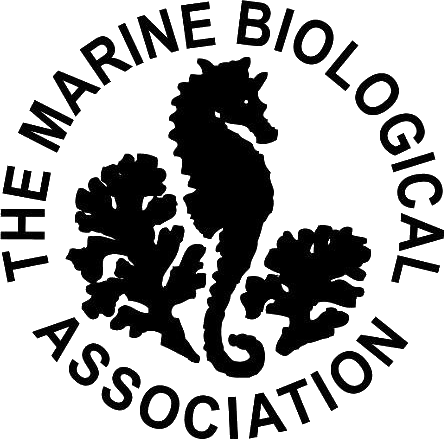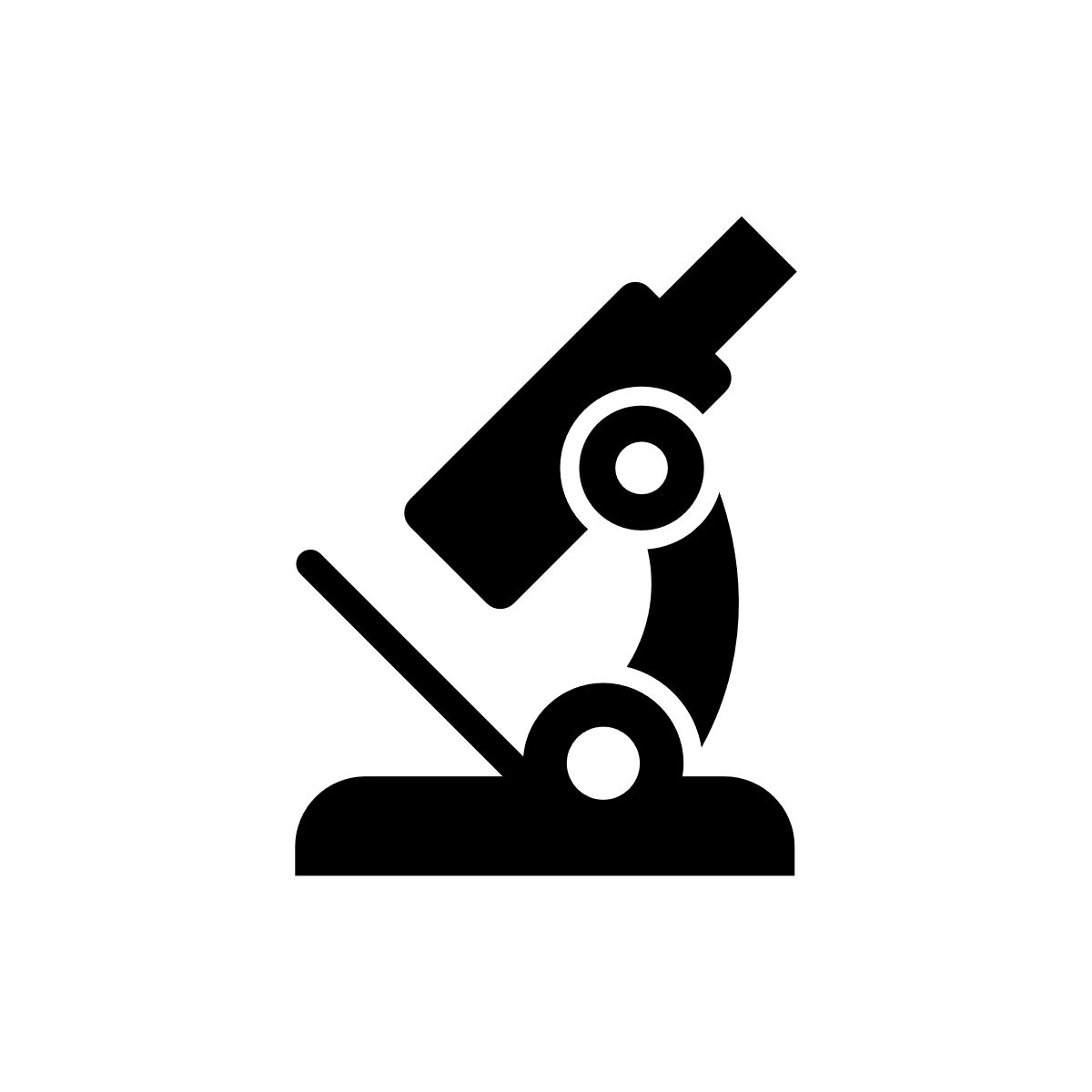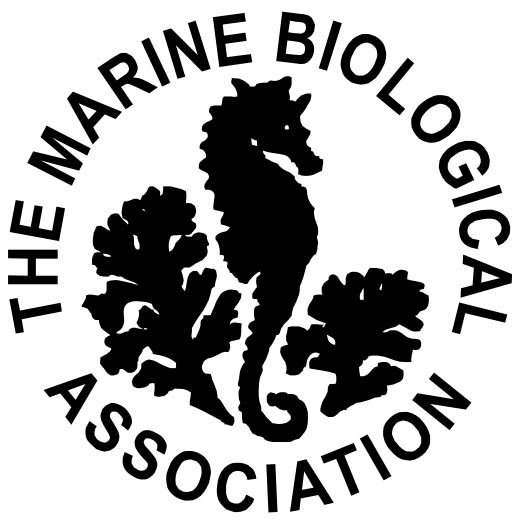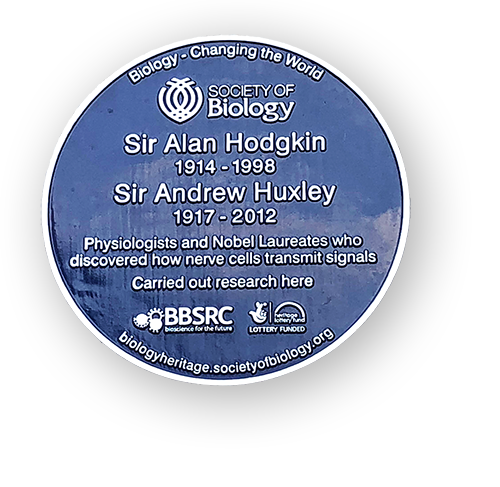About
Progress in science depends mainly on techniquesElectrophysiology & Imaging Techniques for Cell Physiology
The course history
In the early 1980’s the patch clamp ‘revolution’ made voltage clamp recording possible in small cells for the first time. The properties of ion channels and transporters were seen with single molecule kinetic resolution, and access was gained to the cytosol for labelling and measurement. Hands-on training was needed in this area of physiology.
The first Microelectrode Techniques course was held in April 1984 for 12 PhD students and post-docs. The guest lecturers included David Colquhoun, Bernard Katz, Richard Keynes, Tim Rink, Martin Thomas and Roger Thomas, and there were 6 experimental rigs. There are usually 20 students for hands-on, 10 rigs and 50 faculty.
FAQ on the course
Online this year but onsite usually
Lectures will be broadcasted via Zoom Webinar, which allow interactions via Q&A sections and chat, replays…
Fees
The online version will be free of charge but registration is compulsory.
Lectures
For two weeeks, every week day a session of two 75 minutes lectures of will be broadcasted.
Timing
Registration opens on August 1st.
Course start on September 1st and end on September 15th.

The MBA and the course
The Marine Biological Association (the MBA) has a strong tradition in physiology research arising from the availability of model preparations suited for electrophysiology. In more recent years, researchers at the MBA have increasingly applied single cell physiological approaches to a wide range of organisms, allowing both fundamental studies of cell biology and evolution alongside those aimed to increase understanding of the impacts of environmental change on marine organisms and communities. There has always been an active visitors programme to cater for short stay scientific collaborations at the MBA so accommodation and support was available for the students and teachers of the first Plymouth courses.

Electrophysiology
Voltage clamp – The ‘squid axon voltage clamp’, Twin microelectrode and single electrode ‘switch’ clamp.
Patch clamp High resolution single channel recording, Whole cell and permeabilised patch recording
Slice preparation and recording
Patch clamp in vivo
Dynamic clamp – Controlling membrane conductance, simulating action potentials and synaptic potentials
Extracellular Recording, multielectrode recording
Ion selective microelectrodes – Electrochemistry, Making ISME electrodes.
Secretion – Capacitance measurements, Amperometry, Optical methods
Intracellular ion channels – Isolation, Incorporation, Bilayer recording
Signal Processing – Filtering and Digitisation
Data analysis – Interpretation, Statistical analysis

Optical Imaging
Microscopy and optical imaging
Cameras
Fluorescent Ca and pH indicators
Photometry
Ratiometric methods
Genetically encoded indicators
Photolysis and Optogenetics

